Do you require any assistance? Simply reserve your appointment online below
Kneecap Bursitis
Dedicated to keeping you active
What is Kneecap bursitis?
Kneecap bursitis is the irritation and inflammation of the prepatellar bursa located just in front of the kneecap. Prepatellar bursitis commonly occurs in occupations which require frequent kneeling.
It occurs when the bursa becomes irritated and produces too much fluid, which causes it to swell and put pressure on the adjacent parts of the knee.
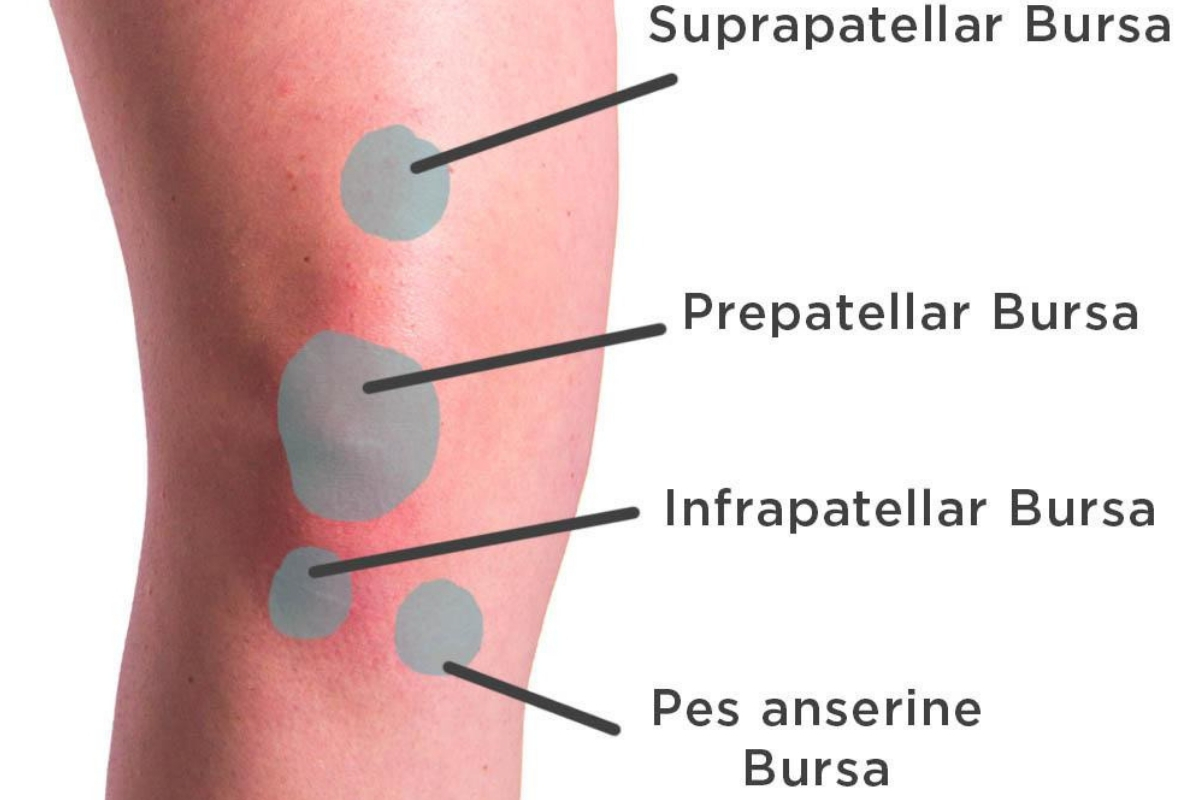
Symptoms of kneecap bursitis
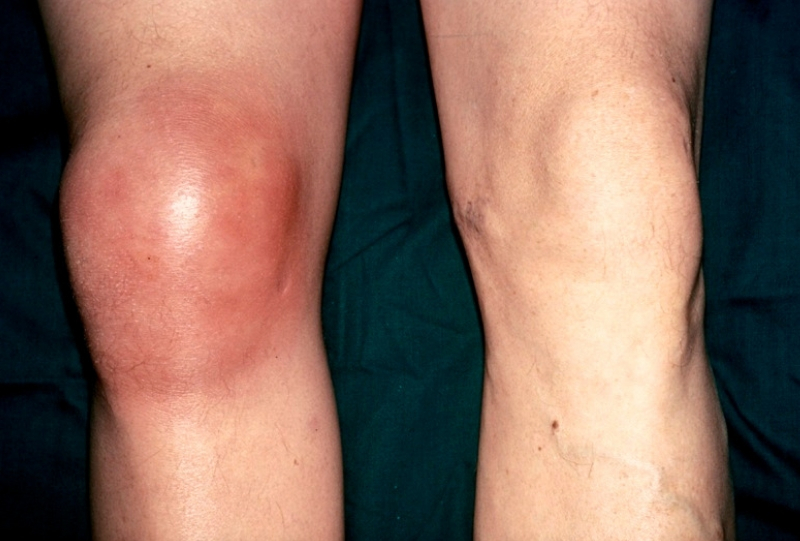
Kneecap bursitis signs and symptoms vary, depending on which bursa is affected and what’s causing the inflammation. Some common symptoms include:
Pain with activity, especially with kneeling
Swelling on the front of kneecap, which may be rapid
Tenderness/warm to the touch
Causes of kneecap bursitis
In its normal state, the bursa allows the kneecap to move smoothly under the skin. If the bursa becomes irritated and inflamed, it fills with fluid and causes swelling at the top of the knee.
Kneecap bursitis can be caused by:
- Frequent and sustained pressure, such as from kneeling, especially on hard surfaces
- Trauma or direct blow to the knee, either in a single injury or gradually over time
- Bacterial infection of the bursa
- Overuse or strenuous activity
Risk factors of kneecap bursitis
Your risk of developing kneecap bursitis can increase from:
Prolonged kneeling. People who work on their knees for long periods — carpet layers, plumbers and gardeners — are at increased risk of knee bursitis.
Participation in certain sports. Sports that result in direct blows or frequent falls on the knee — such as wrestling, football and volleyball — can increase your risk of knee bursitis.
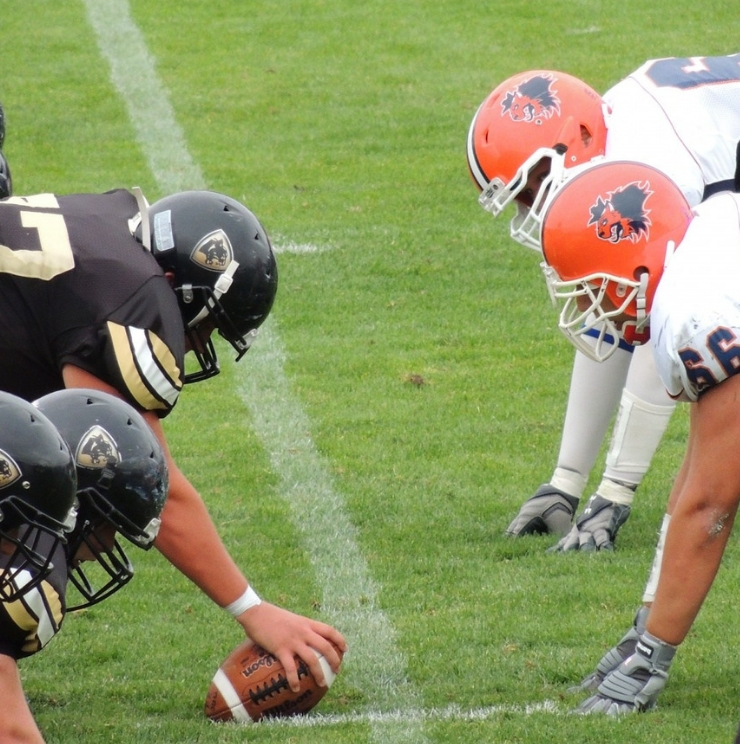
Prevention of Kneecap Bursitis
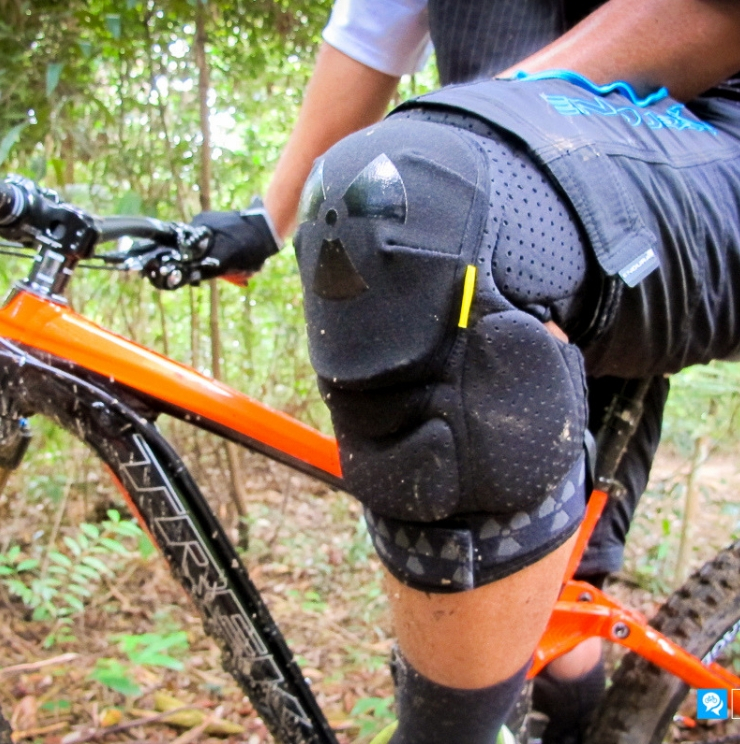
The following can help you avoid kneecap bursitis or prevent its recurrence:
Wear knee pads. If you’re working on your knees or participating in sports that put your knees at risk, use padding to cushion and protect your knees.
- Avoid excessive squatting. Excessive or repetitious bending of your knees increases the force on your knee joints.
- Achieve and maintain a healthy weight. This can help take pressure off your knee joint.
- Take breaks. If you’re on your knees for a period of time, take regular breaks to stretch your legs and rest your knees.
You are in Great Hands
Diagnosis of Kneecap Bursitis
Your doctor will talk with you about your symptoms, such as the severity of your pain, how long you have had symptoms, and your risk factors for developing kneecap bursitis.
Your doctor will likely ask questions regarding any signs or symptoms of infection, such as fever or chills.
During the physical examination, your doctor will inspect your affected knee and compare it to your healthy knee. He or she will palpate your knee checking for tenderness, and will also assess the range of motion in your knee and whether pain prevents you from bending it.
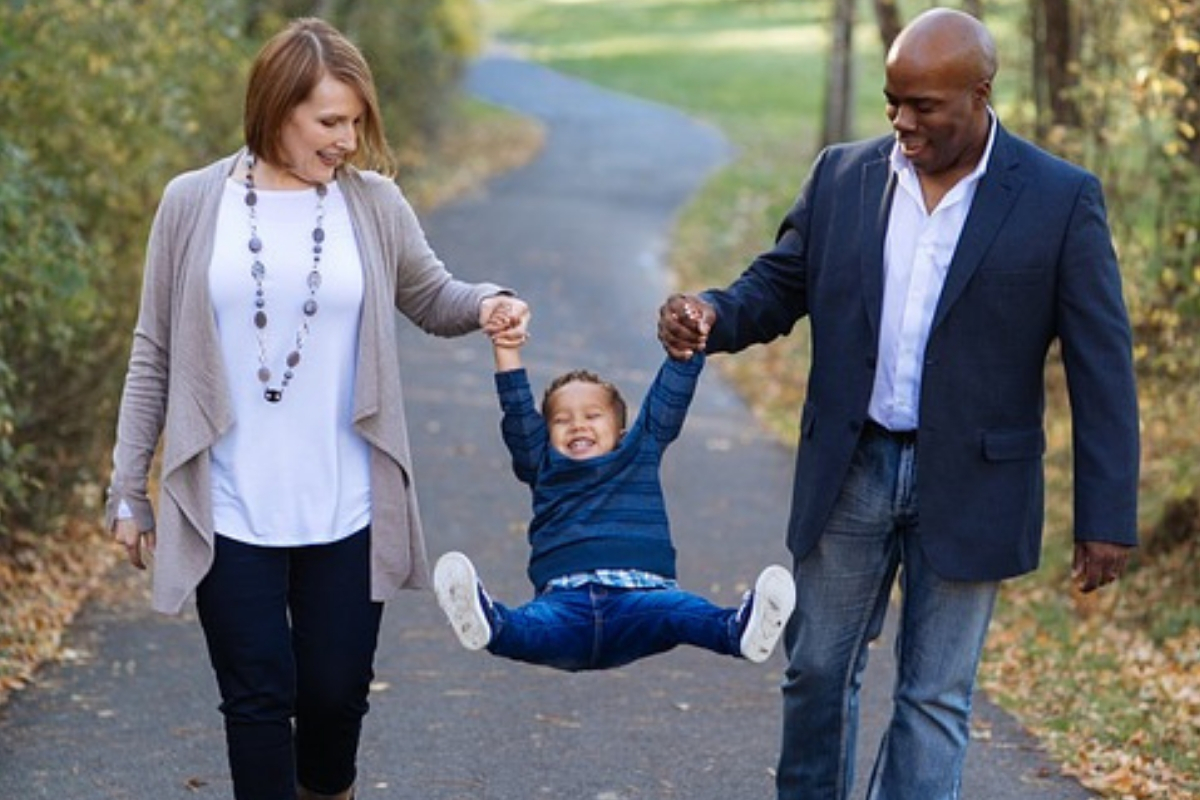
Treatment of Kneecap Bursitis
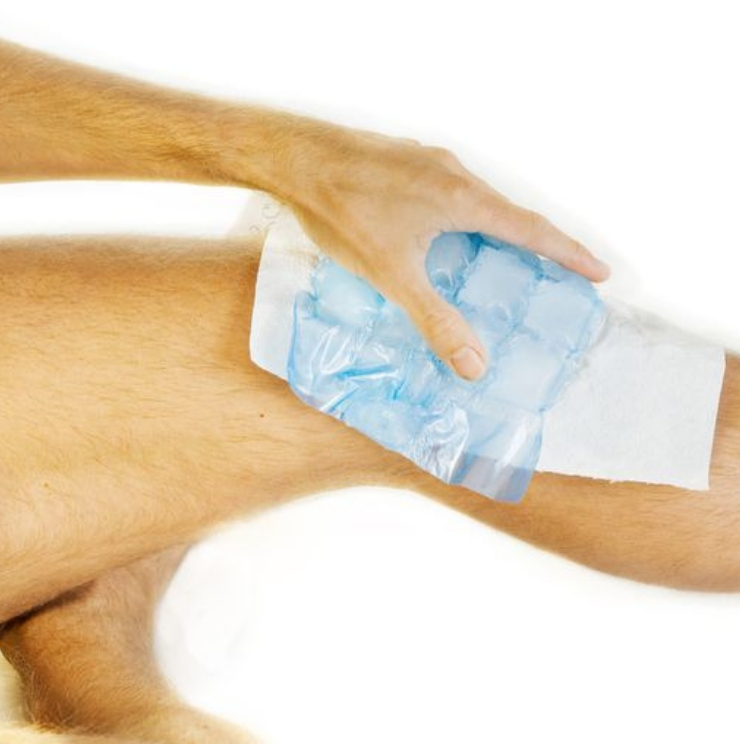
Nonsurgical treatment is usually effective as long as the bursa is not infected or inflamed. Other conservative measures include:
- Rest. Discontinue activities that worsen symptoms. Substitute another activity until the bursitis clears up. Low impact exercise, such as cycling, is a good option.
- Ice. Apply ice at regular intervals 3 or 4 times a day for 20 minutes at a time. Each session should reduce swelling considerably if the knee is also being rested.
- Elevation. Elevate the affected leg except when it is necessary to walk.
- Medication. Take an anti-inflammatory medication, such as naproxen or ibuprofen.
If the swelling and pain do not respond to these measures, your doctor may decide to drain (aspirate) the bursa with a needle, and may inject the bursa with a corticosteroid medication. The steroid medication is an anti-inflammatory drug that is stronger than the medication that can be taken by mouth.
Infectious bursitis is initially treated with antibiotics. Surgical drainage is required if the infection does not respond to antibiotics alone.
Draining the bursa may also treat chronic swelling that causes disability, but if the swelling continues, your orthopaedic surgeon may recommend surgical removal of the bursa.
After surgery, the knee should regain its flexibility in a few days and normal activities can be resumed in a few weeks.

